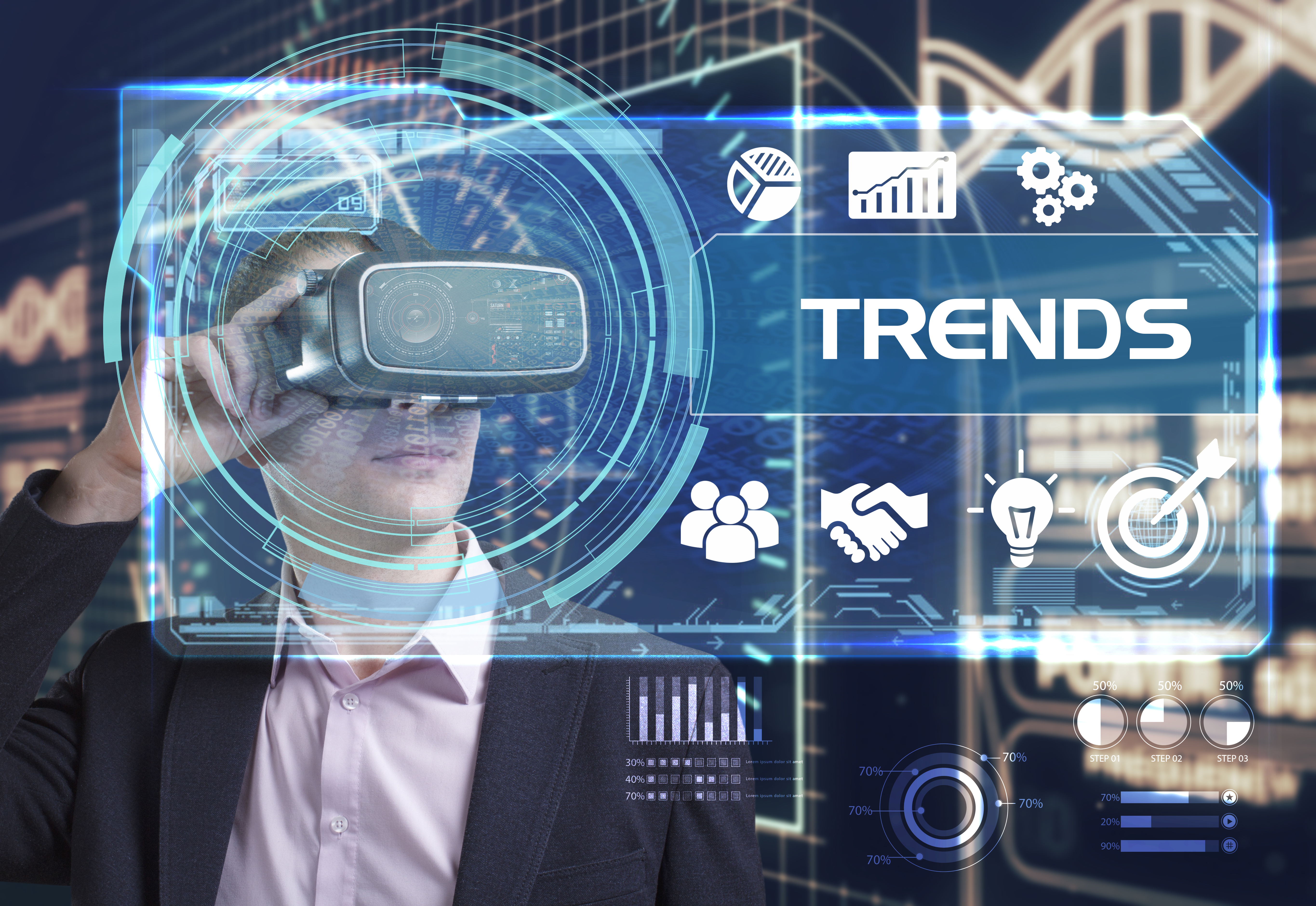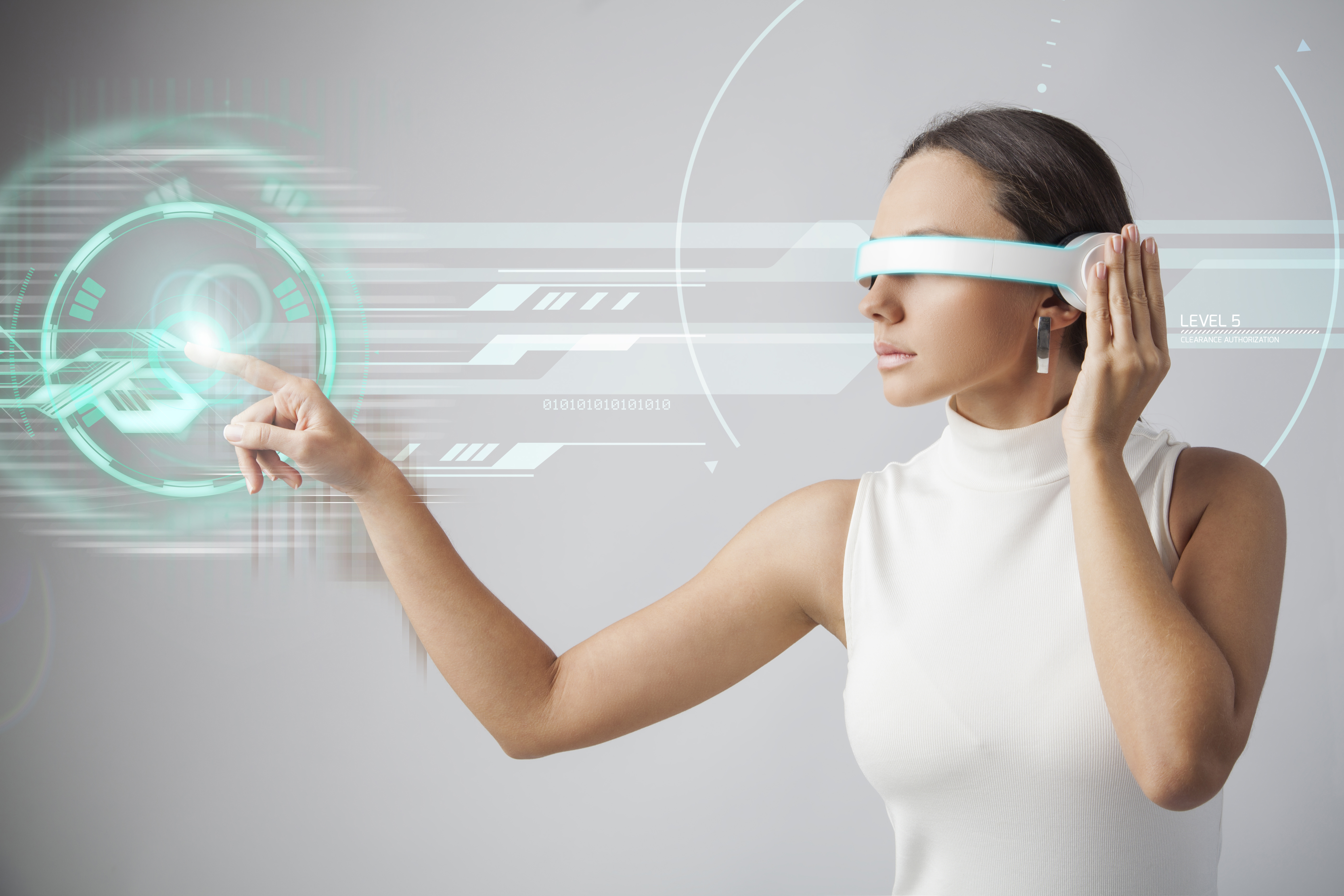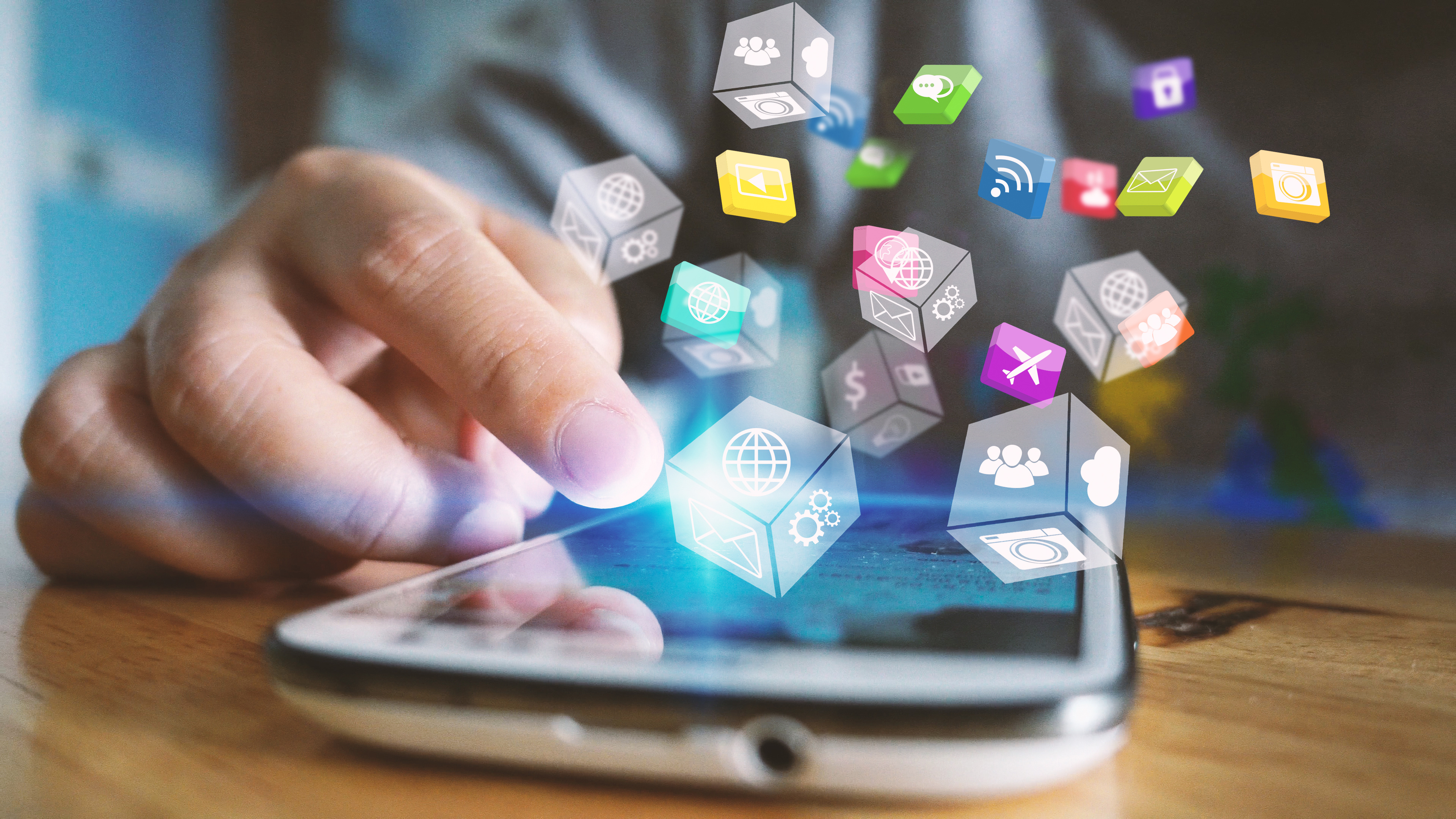
Top Technology Trends
From Artificial Intelligence to Virtual Reality, the future of technology is certainly a changing landscape. Read the latest technology trends below.
Artificial Intelligence
Yes, really. While Artificial Intelligence isn’t quite as advanced and bad-tempered as Terminator, it is set to become a powerful tool that can help humans. Current “Weak AI” systems can behave like humans, but they don’t operate like a human brain. Currently, some Weak AI systems are approaching an “in-between” level—ones that are inspired by human reasoning even if they don’t quite work the same way—and that’s where the most exciting research is happening right now.
According to Business Insider, eighty-five percent of customer interactions will be handled without a human by 2020. Businesses are looking to capitalize on AI’s potential to handle problem-solving and customer-service issues. Many companies now use chatbots as a customer service tool to answer simple, common queries that don’t require nuanced interaction; if a bot gets stumped the customer is connected to a live service rep. Other industries, such as finance and travel, have developed more advanced bots that act as full-service assistants, whether it’s offering advice on how to pay off bills or booking a complete trip itinerary.
Extended Reality
Virtual and augmented reality technologies are transforming the way people live and work. Virtual reality is a realistic simulation of an environment that is created with a mixture of interactive hardware and software, and presented to the user in such a way that the user suspends belief and accepts it as a real environment. Augmented reality refers to the augmentation of a live direct or indirect view of a physical real-world environment, and computer-generated images are superimposed on a user’s view of the real-world, thus enhancing one’s current perception of reality. Once can also create a “mixed reality” by combining the two systems.
Brands are putting this to work. For example, BMW provides an AR-driven exploration of its models, which allows people to get “inside” the car to experience what it feels like to drive one. That provides an emotional connection that no other technology or marketing tactic has been able to deliver.
As the virtual reality landscape experiences tremendous popularity and growth over recent years, many innovative companies have formed to build out this growing ecosystem. This technology is removing the distance between people, information, and experiences. Location is no longer as important. Accenture’s Technology Report stated, “Across industries and applications, immersive experiences are pushing companies to not only think differently about what is possible, but also to create new solutions that bypass the distance-based challenges they face today.”





Data Privacy
GDPR, Apple’s iOS 11 Intelligent Tracking Prevention, server-side header bidding: In case you missed all the “Updates to Your Privacy Policy” emails in your inbox: data privacy is now being taken seriously. The push to keep user information anonymous is coming from many fronts, and includes government regulation with GDPR (General Data Protection Regulation), large corporations utilizing Apple’s iOS 11 Intelligent Tracking Prevention, and increasing adoption of Server-side header bidding within the ad tech industry. The forefront of technological advancements and trends will take this into account. Larger corporations, especially, will be held to a higher standard of proper data usage and privacy. As such, point to an uncertain future for data-driven digital ad placement. User data – often the primary (if not only) driver of ad placement – will take a back seat as tighter privacy regulations shift into place. Cookies and users are slipping through the cracks, and marketers, media buyers, and media sellers are now faced with lower match rates on the audience segments they worked so hard to cultivate.
Additionally, checking the quality and veracity of the data is set to become more widespread. Maximizing data veracity is about making sure that you’ve verified the truth and context of the data. For example, SpaceX uses dual computers to make minute course corrections. United Airlines underwent an effort to consistently update seating demand forecasts to maximize profits. It’s not necessarily a matter of the data being wrong. It’s a matter of verifying that it’s as current and accurate as possible.
